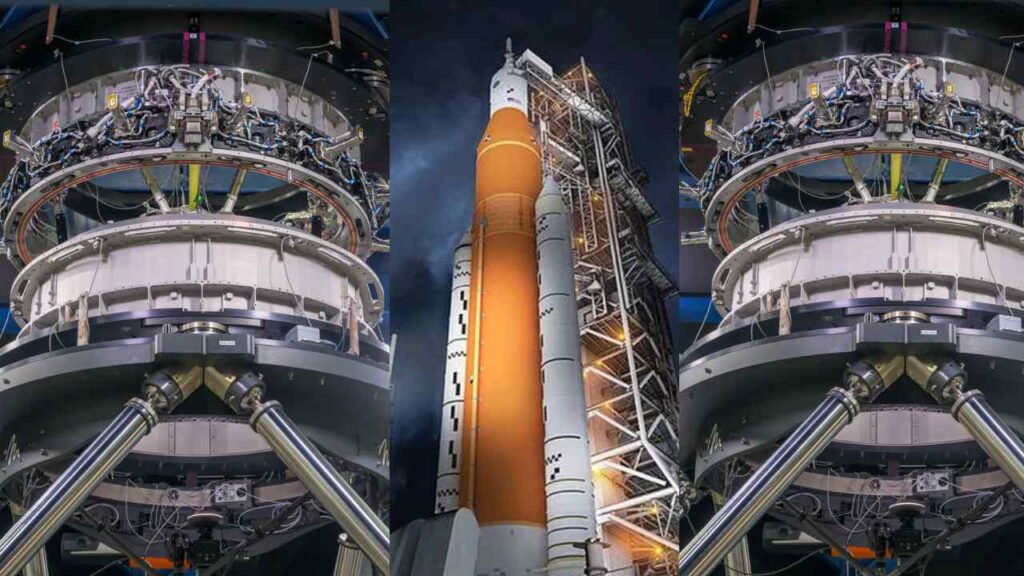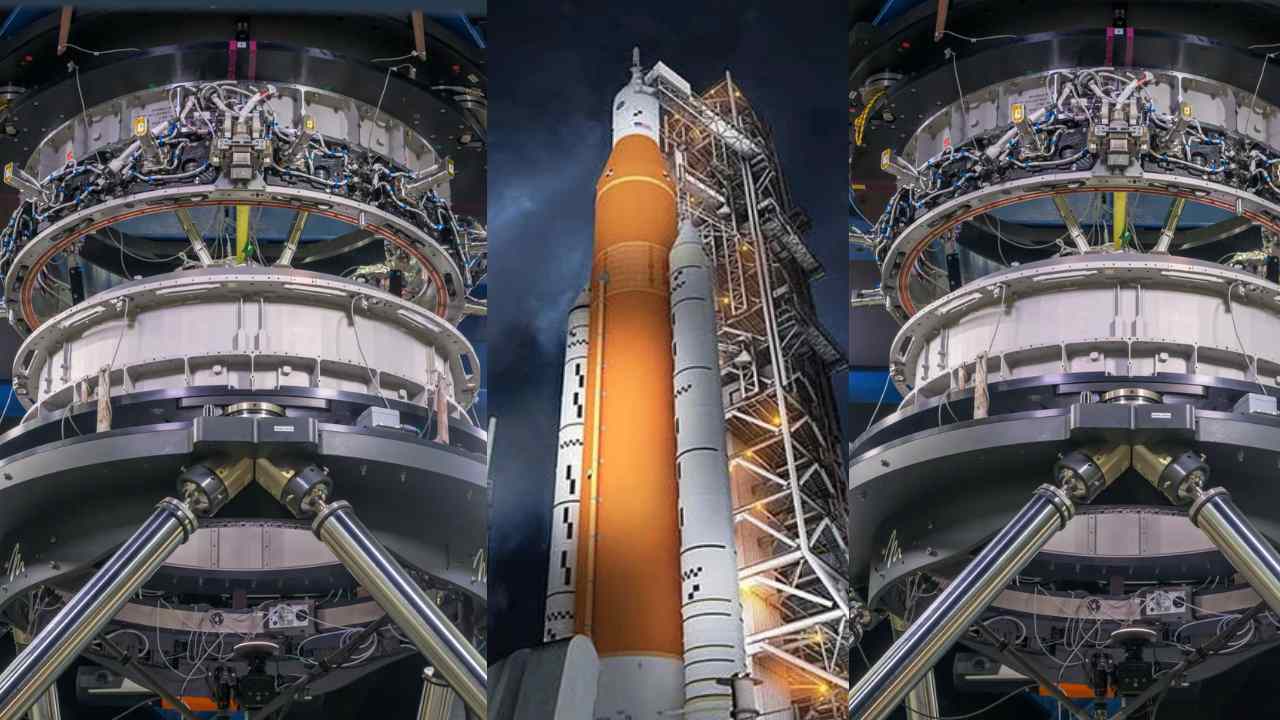NASA Artemis campaign, lunar exploration, SpaceX collaboration, docking system, Starship HLS, deep space exploration, Mars mission, space technology
Discover how NASA’s Artemis campaign, in collaboration with SpaceX, is revolutionizing lunar exploration through cutting-edge docking systems and groundbreaking space technology. Delve into the Artemis III mission, docking system development, SpaceX’s achievements, and the future of lunar and Martian exploration.

Introduction to Artemis and Lunar Transit
The Artemis campaign, spearheaded by NASA, aims to revolutionize long-term scientific exploration of the Moon. This ambitious project necessitates the seamless movement of crew members between various spacecraft to facilitate lunar landings. A significant milestone in this endeavor has been the collaboration between NASA and SpaceX, focusing on the development and testing of a docking system designed to enable such transitions.
The Artemis III Mission: Journey to the Moon
During the Artemis III mission, astronauts will embark on their journey aboard the Orion spacecraft, traveling from Earth to lunar orbit. Upon successful docking with the Starship Human Landing System (HLS), crew members will transfer to this lander, which is destined to transport them to the lunar surface. Following their surface exploration activities, the astronauts will return to the awaiting Orion spacecraft in lunar orbit. Future missions will introduce the Gateway lunar space station as an intermediary, facilitating transfers between Orion and Starship.
Docking System Development and Testing
The newly developed docking system, inspired by SpaceX’s proven Dragon 2 docking system utilized for International Space Station missions, offers flexible connectivity between the lander, Orion, and the Gateway. Extensive testing of the Starship HLS docking system was conducted at NASA’s Johnson Space Center. Over a span of 10 days, simulations replicated the contact dynamics between two orbiting spacecraft. These tests, encompassing over 200 docking scenarios with varying approach angles and speeds, aimed to validate the docking system’s design through real-world trials with full-scale hardware.
Achieving Soft Capture in Space
The successful testing demonstrated the Starship docking system’s capability for “soft capture” during the docking process. In space, when two spacecraft dock, one assumes an active role, pursuing the other, which remains passive. The soft capture system of the active docking participant extends to engage with the passive counterpart, facilitating a secure connection between the two vessels.
SpaceX’s Milestones and Future Goals
Since SpaceX was selected to develop the lunar lander, the company has achieved over 30 specific milestones related to the HLS. These accomplishments include advancements in power generation, communications, guidance, navigation, propulsion, life support, and protection against space environments.
Vision for Lunar and Martian Exploration
NASA’s Artemis campaign is not only about returning humans to the Moon but also setting the stage for more ambitious goals. It includes landing the first woman and the first person of color on the Moon, involving international partners in lunar exploration, and laying the groundwork for future human missions to Mars. The partnership with commercial entities like SpaceX to develop human landing systems is crucial for deep space exploration. This collaboration complements NASA’s array of exploration tools, including the Space Launch System rocket, Orion spacecraft, advanced spacesuits, rovers, ground systems, and the Gateway space station, all of which are instrumental in advancing humanity’s presence in deep space for the benefit of all.
Other Links-
